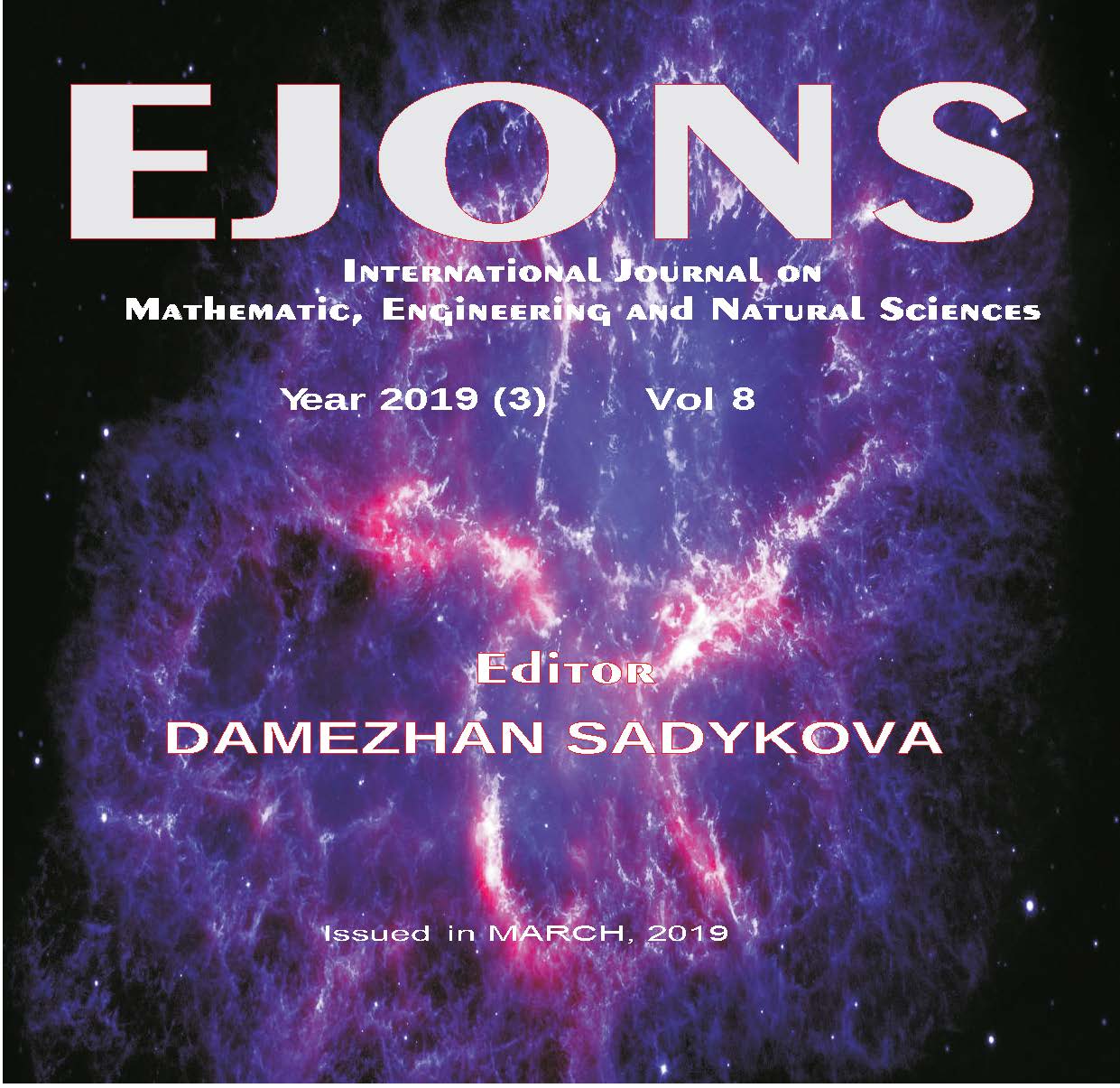INVESTIGATION OF THE EFFECT OF MONTMORILLONITE CLAY ON ALUMINUM AMOUNT AND FLOCK FORM IN NITRATE REMOVAL BY ELECTROCOAGULATION PROCESS
Keywords:
Nitrate, Electrocoagulation, Montmorillonite clay, Aluminum electrodeAbstract
Nitrate is an important pollutant for drinking water sources. The high nitrate levels in the waters cause more damage to the environment due to intensive agricultural practices. The increase in the use of fertilizers and agricultural activities from the past to the present day accelerates the spread of this pollutant. According to the World Health Organization (WHO), the maximum nitrate value in the waters is 50 mg L-1. It is recommended that the water exceeding this value is not used due to the health risk. If it should be used, a suitable treatment method should be applied. Biological methods in the removal of nitrate from water, electrodialysis, ion exchange, membrane processes, adsorption alternatives are used. The electrocoagulation (EC) process is an electrochemical method that can be operated more easily when compared to conventional methods for the treatment of contaminated water. The aim of this study is to investigate the effect of the addition of montmorillonite clay on the efficiency of nitrate removal by the EC method. For this purpose, an electrocoagulator was made in which the EC process was carried out with batch method, and the reactor was operated 40 mg L-1 initial nitrate concentration, at room temperature, at a current density of 30V-3A, for 30 minutes with and without addition of montmorillonite clay, separately. An aluminum plate was used as an electrode. 2 g clay was added to the reactor operated with the addition of clay. The sludges formed during the operation were dried and their graphs and images were taken in XRD and SEM. In addition, pH and conductivity measurements were made during operation. While 48% removal efficiency was obtained in the clay added reactor; the efficiency of removal in the reactor operated without clay was 69%. According to these results; It has been observed that montmorillonite clay has a negative effect on purification efficiency in nitrate removal from water by electrocoagulation method.
Downloads
Published
How to Cite
Issue
Section
License

This work is licensed under a Creative Commons Attribution-NonCommercial 4.0 International License.


